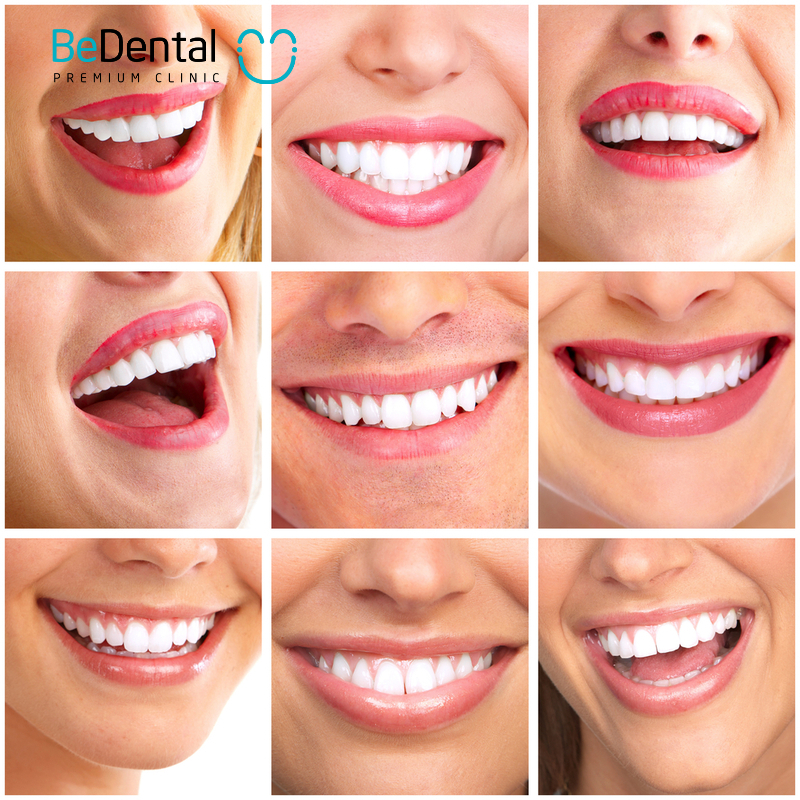One of the most common oral health issues is a misaligned bite. Not only does it harm dental health, particularly affecting chewing function, but it also negatively impacts mental well-being due to the loss of facial aesthetics. Therefore, it’s essential to fully answer the question ” What is a Misaligned Bite”, its causes, and how to find the right treatment. Let Bedental help you gain a clear and comprehensive understanding of this condition through the article below.
Concept of Misaligned Bite – What Is a Misaligned Bite?
In response to the question, “What is a misaligned bite?” Dr. Nguyen Quang Tien, a well-known orthodontic specialist in Vietnam, explained: A misaligned bite occurs when the upper and lower jaws do not meet properly when the mouth is closed. This can lead to various issues related to oral health, aesthetics, and jaw function.” Overall, a bite is considered correct when the teeth of both jaws are balanced and properly aligned.
Furthermore, untreated dental misalignment can also negatively affect the mental state of individuals. According to researchers, there is a link between self-consciousness and bite misalignment. Several studies have shown that people with this dental condition tend to communicate less and avoid social relationships because they feel dissatisfied with their appearance.
See more: What are fake Porcelain tooth stumps?
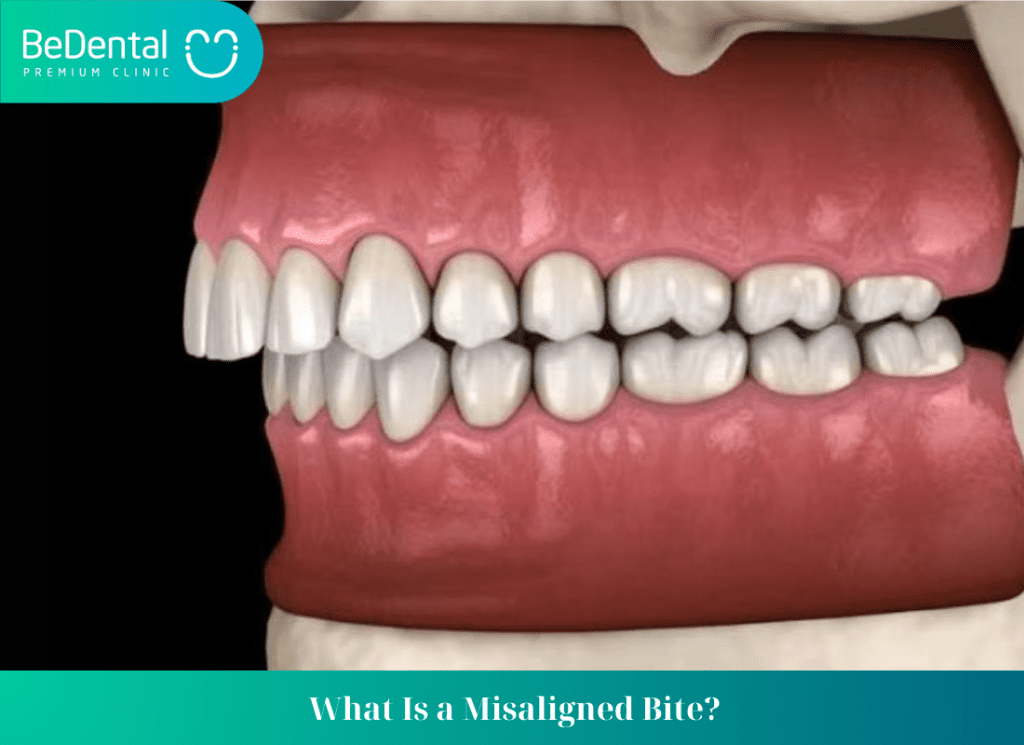
Common Types of Malocclusion
- Underbite (Prognathism): This is one of the most severe forms of malocclusion. It occurs when the upper jaw is too short and recedes inward, while the lower jaw grows excessively and protrudes outward. From a side view, the lower lip appears to extend much further than the upper lip. In severe cases, the chin also juts out significantly. This issue not only disrupts the balance and harmony of the face but also negatively impacts jaw function.
- Deep Bite: This is characterized by an imbalance between the upper and lower jaws, causing the lower jaw to “sink” inward and be hidden beneath the upper jaw. When viewed from the side, much of the lower jaw is obscured, and the relationship between the forehead, nose, and chin resembles an overbite. People with deep bites often experience difficulty chewing food.
See more: Should childen get porcelain teeth?
- Crossbite: This condition is not visible when looking at the face but can be observed when smiling. It’s easy to detect whether you have a crossbite because normally, the teeth are aligned evenly, with uniform spaces between them. However, in a crossbite, teeth are misaligned, with some teeth pushed inward and others protruding outward in no specific order. It’s hard to classify whether the bite is an overbite or underbite in these cases.
- Open Bite: This is one of the most serious malocclusion issues, greatly affecting both the appearance and function of the teeth. Even when the mouth is closed in a resting state, the tongue may still be visible due to the open space between the front teeth. Teeth from both jaws do not touch, leaving a gap that makes it difficult to bite and chew food.
Signs of Malocclusion
What are the signs of malocclusion? According to Dr. Nguyen Thi Thanh Tung, you can identify whether you have a malocclusion through the following signs:
- Noticeable misalignment between the teeth, especially when biting down.
- Frequent accidental biting of the inner cheek while eating or speaking, leading to injury.
- Discomfort while chewing and biting, and jaw fatigue during meals.
- Difficulty speaking, which can lead to pronunciation errors.
- Difficulty fully closing the mouth or bringing the jaws together, often leading to mouth breathing instead of nasal breathing
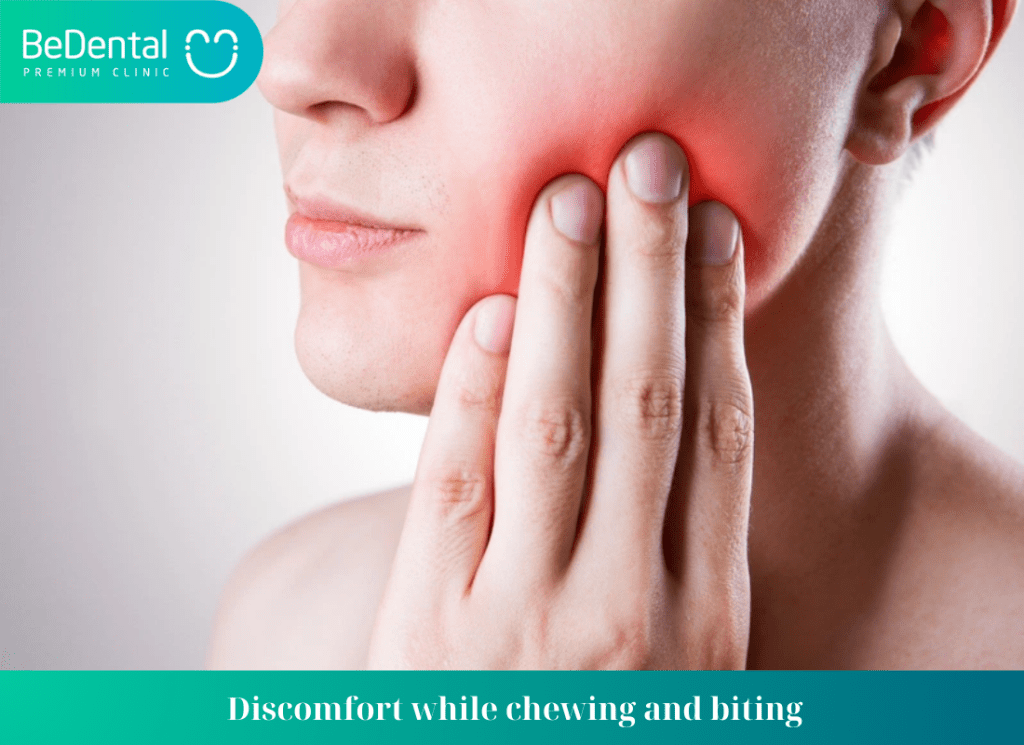
There are several causes of malocclusion:
- Genetic factors (accounting for 70%): Bone deformities due to genetics are the most common cause. This means that dental issues are passed down from generation to generation within a family.
- Congenital defects: Conditions such as a cleft lip and cleft palate present from birth can also be contributing factors.
- Loss of front teeth at an early age.
- Prolonged bad habits: Long-term habits such as thumb-sucking, tongue thrusting, and using pacifiers can cause teeth to grow misaligned, leading to malocclusion as the teeth fail to align with their correct positions
See more: Darkened gums after dental crowns
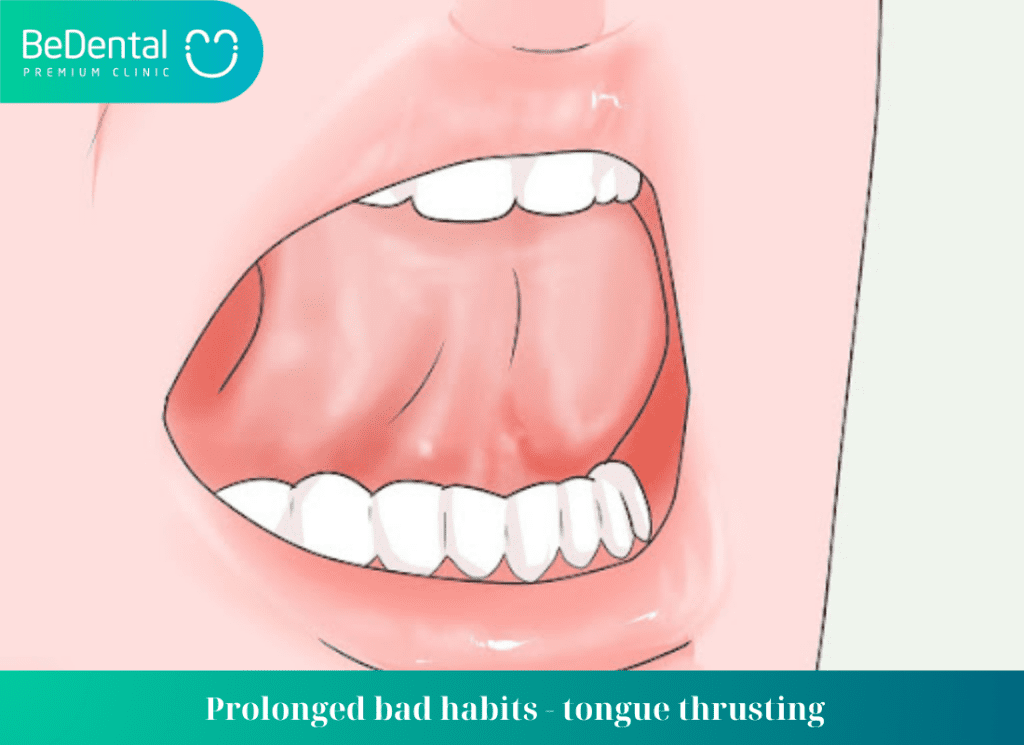
How Does Malocclusion Affect the Face?
The result of malocclusion negatively impacts both the psychology and appearance of the patient. To some extent, individuals can adapt to and tolerate misaligned teeth, but in severe cases, misalignment can make chewing and speaking difficult.
Additionally, in some cases, significant misalignment can affect speech, such as with an open bite or a low tongue tie. Importantly, misaligned teeth cause excessive movement of the jaw muscles, leading to muscle spasms and contributing to temporomandibular joint (TMJ) disorders, accompanied by pain in or around the joint.
Malocclusion can also make teeth highly sensitive to trauma, periodontal disease, and tooth decay. In cases of overbite, if left untreated, the upper front teeth are at high risk of damage from impact, leading to broken teeth and root canal issues. Furthermore, improper alignment makes oral hygiene challenging, increasing the risk of cavities and periodontal disease.
Though this is a serious dental issue, it can be treated with modern technology. This condition is typically addressed through orthodontic treatment, commonly known as braces. In more severe cases, surgery may be required.
Many patients wonder if braces will be painful for such significant misalignment. Rest assured, braces are a gradual process of realigning the teeth, so the discomfort is usually minimal when undergoing this dental procedure.
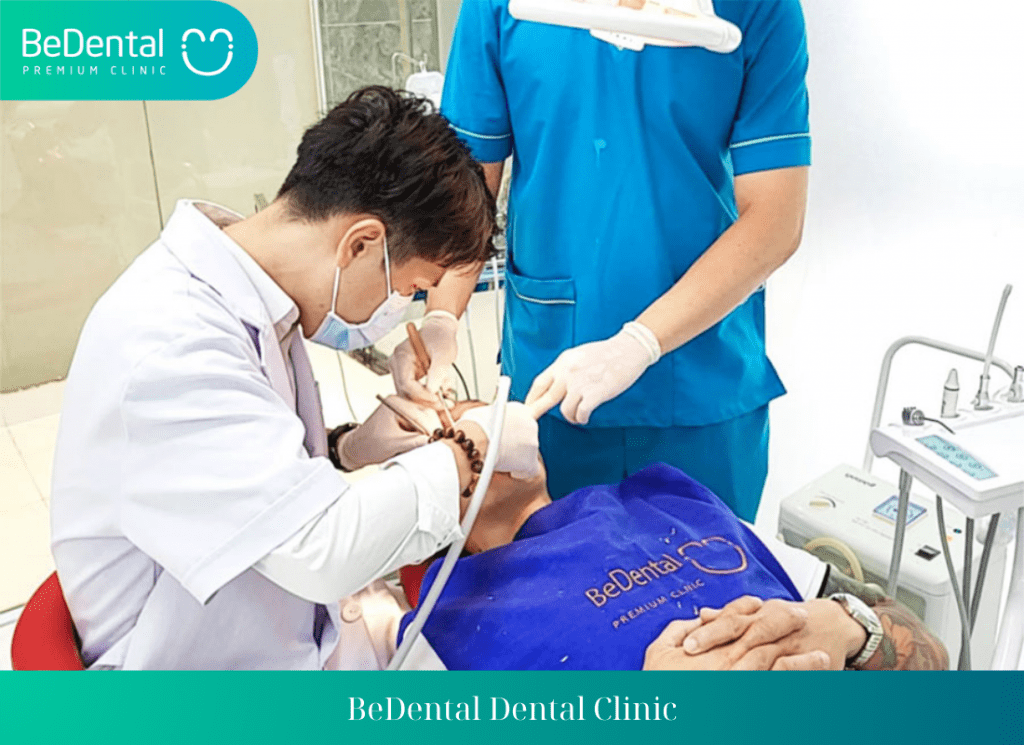
One of the top priorities in treating malocclusion is choosing a reputable dental clinic. Bedental is confident in being a trusted facility where customers can feel at ease selecting aesthetic orthodontic treatments.
In addition, if you have concerns about tooth filing or other dental treatments like wisdom tooth extraction costs, installment-based orthodontics, or questions like: “How much does a cavity filling cost?” “Does braces treatment hurt?” “How much is teeth whitening?”—feel free to contact us. Bedental promises to answer your questions and provide free consultations for all customers.
To learn more about malocclusion, it’s best to visit a reputable dental clinic for a thorough examination of your teeth. This way, the dentist can offer dental advice and effective solutions to address any issues. Bedental looks forward to being your companion on this journey.
See more: Popular lava porcelain tooth color chart
Treatment Methods for Malocclusion
What are some Treatment Methods for Malocclusion? The dentist needs to examine the patient’s condition and assess the severity of the malocclusion before determining the most appropriate treatment method. Below are a few treatment options for malocclusion:
- Aesthetic Braces: This is a highly effective method for correcting malocclusion. The brackets help adjust the teeth to the desired position. Nowadays, braces are considered one of the safest and most effective treatments, recommended by many experts.
Each case will require a different treatment approach.
- Jaw Surgery: This method is suitable for malocclusion caused by jaw misalignment rather than teeth. The doctors will cut or reconnect a part of the jawbone to correct the defects. Jaw surgery is considered the most effective solution in such cases.
- Cosmetic Dental Crowns: This is often applied to patients with mild malocclusion who want quick treatment and where the issue is not related to the jawbone.
Most asked questions
At what age is it ideal to start treating malocclusion, and can it be treated in adults
The ideal age to start treating malocclusion is typically during childhood or adolescence, when the jaw and teeth are still developing. Early treatment, usually around ages 7 to 12, allows for easier correction since bones are more malleable, and orthodontists can guide the growth of the jaw and teeth.
However, malocclusion can also be treated in adults. Adult treatment may require longer time or different approaches, such as braces, clear aligners, or even jaw surgery, depending on the severity of the malocclusion. While it’s generally easier to treat younger patients, modern orthodontic techniques can successfully address malocclusion at any age.
See more: What are the cost of braces?
The main difference with adult treatment is that since their bones are fully developed, certain changes, like severe misalignments or skeletal discrepancies, might need more advanced interventions, such as orthognathic surgery. Adults may also experience slower progress in comparison to children or teenagers.
Can malocclusion lead to long-term dental problems if left untreated
Yes, if malocclusion is left untreated, it can lead to several long-term dental problems, including:
- Tooth decay and gum disease: Misaligned teeth can be harder to clean properly, increasing the risk of plaque buildup, cavities, and gum disease.
- Tooth wear and damage: Uneven bite pressure may cause excessive wear on certain teeth, leading to cracks, fractures, or enamel erosion.
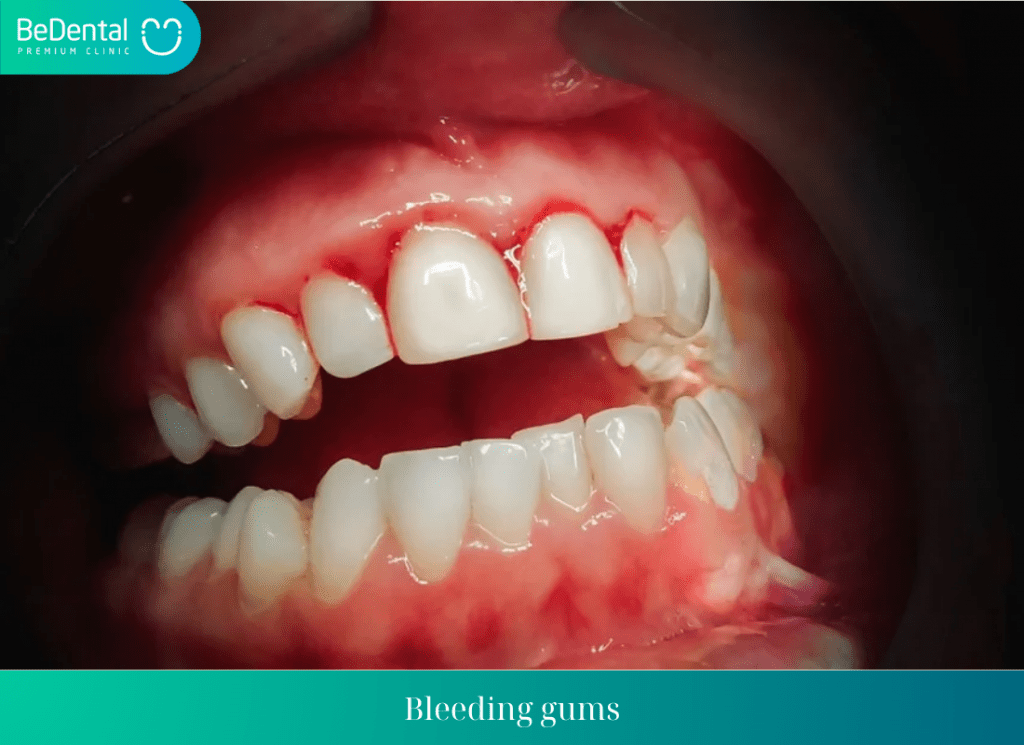
- Jaw pain and TMJ disorders: Misaligned teeth can strain the jaw muscles and joints (temporomandibular joint or TMJ), leading to jaw pain, headaches, and difficulty opening or closing the mouth.
- Difficulty chewing and speaking: Malocclusion can impair chewing, making it harder to eat certain foods. It may also affect speech clarity, especially in cases like open bites or severe overbites.
- Aesthetic concerns: Misaligned teeth may affect facial symmetry, impacting self-esteem and confidence.
Treating malocclusion early helps prevent these complications and promotes better long-term oral health.
Conclusion
In conclusion, malocclusion is a common dental issue that can significantly impact both oral health and facial aesthetics. It is essential to understand its causes, symptoms, and the available treatment options to address the condition effectively. Whether it’s due to genetics, congenital defects, or prolonged bad habits, untreated malocclusion can affect both physical comfort and self-esteem, potentially leading to further complications such as jaw dysfunction and tooth damage.
Treatment options range from orthodontic braces to jaw surgery and cosmetic crowns, each tailored to the patient’s specific needs. Choosing a reputable dental clinic is crucial in receiving proper diagnosis and treatment.
See more: How much does dental filling cost?
Bedental stands out as a top choice, offering professional expertise and modern equipment to ensure safe and effective dental care. From consultation to treatment, Bedental provides comprehensive support, helping patients achieve better dental health and improved quality of life.
Through this article, Bedental hopes you have found accurate answers regarding issues related to malocclusion, such as its causes, signs, and the potential consequences. This will help you gain knowledge about dental health and recognize oral issues.
Furthermore, Bedental prides itself on being one of the leading reputable dental clinics, with a team of highly skilled and experienced doctors. With modern facilities and advanced equipment, we always prioritize the treatment and care of our customers.
Tư vấn chuyên môn bài viết:
BÁC SĨ DƯƠNG THỊ THÙY NGA
BEDENTAL - TOP STANDARD DENTISTRY SYSTEM
In HANOI
Address 1: 7B Thi Sach St, Ngo Thi Nham, Hai Ba Trung Dist, Ha Noi. - 0934.61.9090
Address 2: No 129 Hoang Ngan, Yen Hoa, Cau Giay Dist, Ha Noi. - 0934.61.9090
In HO CHI MINH
Address 1: 53 -55 -57 Pho Duc Chinh St, Nguyen Thai Binh, Dist. 1, Ho Chi Minh. - 0766.00.8080
Working: 9am - 8pm everyday
Website: https://bedental.vn/en/
PLEASE LEAVE YOUR INFORMATION SHOULD YOU REQUIRE FURTHER CONSULATION




